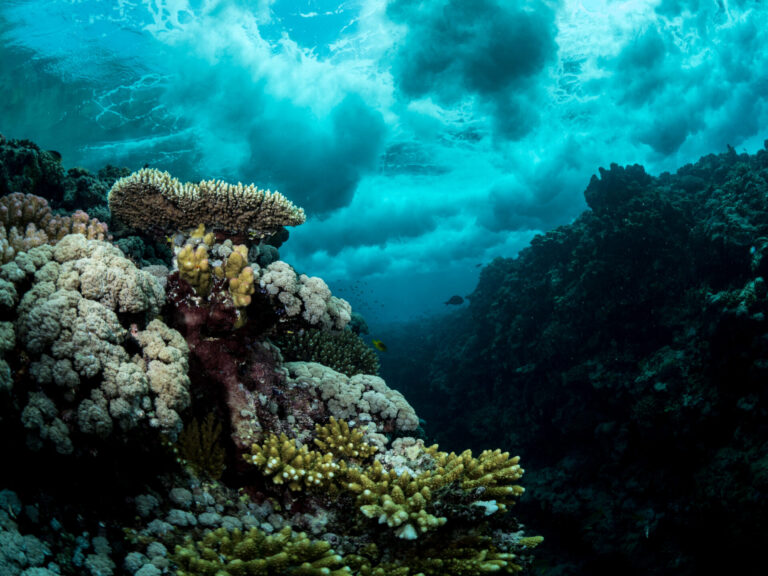Marine Science
Mapping movements of ocean creatures great and small
Big data shows that large marine vertebrates move differently, but consistently, through coastal and ocean waters.

A whale and a turtle differ in size, shape and lifestyle but their patterns of movement are surprisingly similar, reveals the largest collection of movement data for a diverse group of large marine vertebrates.
A team of 58 researchers from nine countries and 45 research institutions has collated a satellite telemetry dataset for a diverse set of large marine megafauna: it includes more than 2.8 million locations from more than 2,600 tracked individual animals. And for some species it includes data from as long ago as 1985.
Knowing how megafauna move through coastal and oceanic environments will help marine managers to better understand the impacts of human activities on these animals and identify habitats for conservation, explains Carlos Duarte, a KAUST co-author of the study, and cofounder of the international collaborative effort, the Marine Megafauna Movement Analytical Program.
The tracked animals included 50 types of marine megafauna that are evolutionarily separated by millions of years and use different modes of locomotion—they fly, swim, walk or paddle. The team monitored speed and movement of species of turtles, sharks, dolphins, sea lions, whales and sea birds, such as penguins, gulls and shearwaters.
Such an enormous and diverse data set enables scientists to draw conclusions not possible from movement data of a single species. “The major advancement of the results reported come from the possibility to compare not only multiple species of marine animals with different modes of locomotion, but also from exploring variability between individuals within species,” explains Duarte. “This confirmed that the remarkably conserved movement patterns, and their flexibility with habitat, apply both when comparing vastly different species, such as turtles and whales, and when comparing individuals using different habitats within a species”
The tracked animals included 50 types of marine megafauna at 2.8 million locations from more than 2,600 tracked individual animals. © 2018 KAUST
The study found that movement patterns are largely determined by the species, but also influenced by the habitat they move through. “In the open ocean, animals tend to move in straighter lines, reflecting the movement to a specific location. While on the coast, they move more erratically, which is consistent with a search behavior, reflecting that the animal is searching for food and remaining vigilant against predators,” says Duarte.
Michael Berumen, another KAUST co-author of the study, further explains how this information potentially informs conservation: “While animals moving in the open ocean showed surprising consistency in their movement patterns, animals in coastal habitats have much more plasticity and thus perhaps have greater resilience to human alterations of coastal ecosystems.”
References
- Sequiera, A.M.M., Rodriguez, J.P., Eguiluz, V.M., Harcourt, R., Hindell, M. et al. Convergence of marine megafauna movements patterns in coastal open oceans. Proceedings of the National Academy of Sciences of the USA 115, 3072-3077 (2018).| article
You might also like

Marine Science
A place to trial hope for global reef restoration

Marine Science
Reef-building coral shows signs of enhanced heat tolerance

Marine Science
Plastic-munching bacteria found across the seven seas

Marine Science
AI reveals the universal beauty of coral reef growth

Marine Science
Tiny crabs glow to stay hidden

Marine Science
Mass fish deaths linked to extreme marine heatwave in Red Sea

Marine Science
Weeding out the secrets of Red Sea macroalgae

Bioscience



